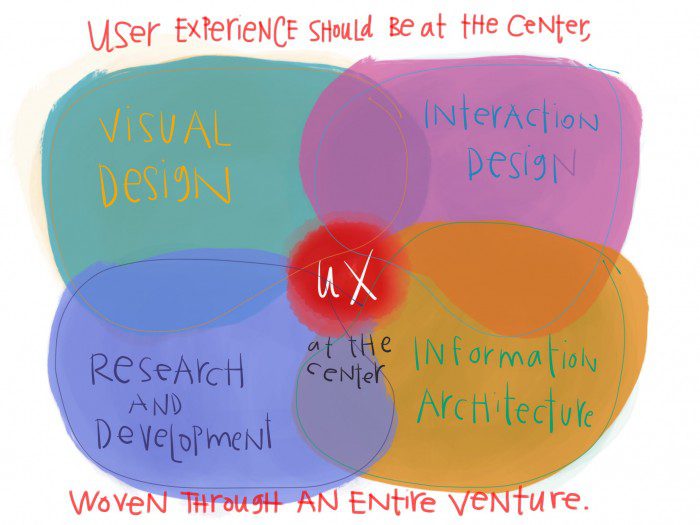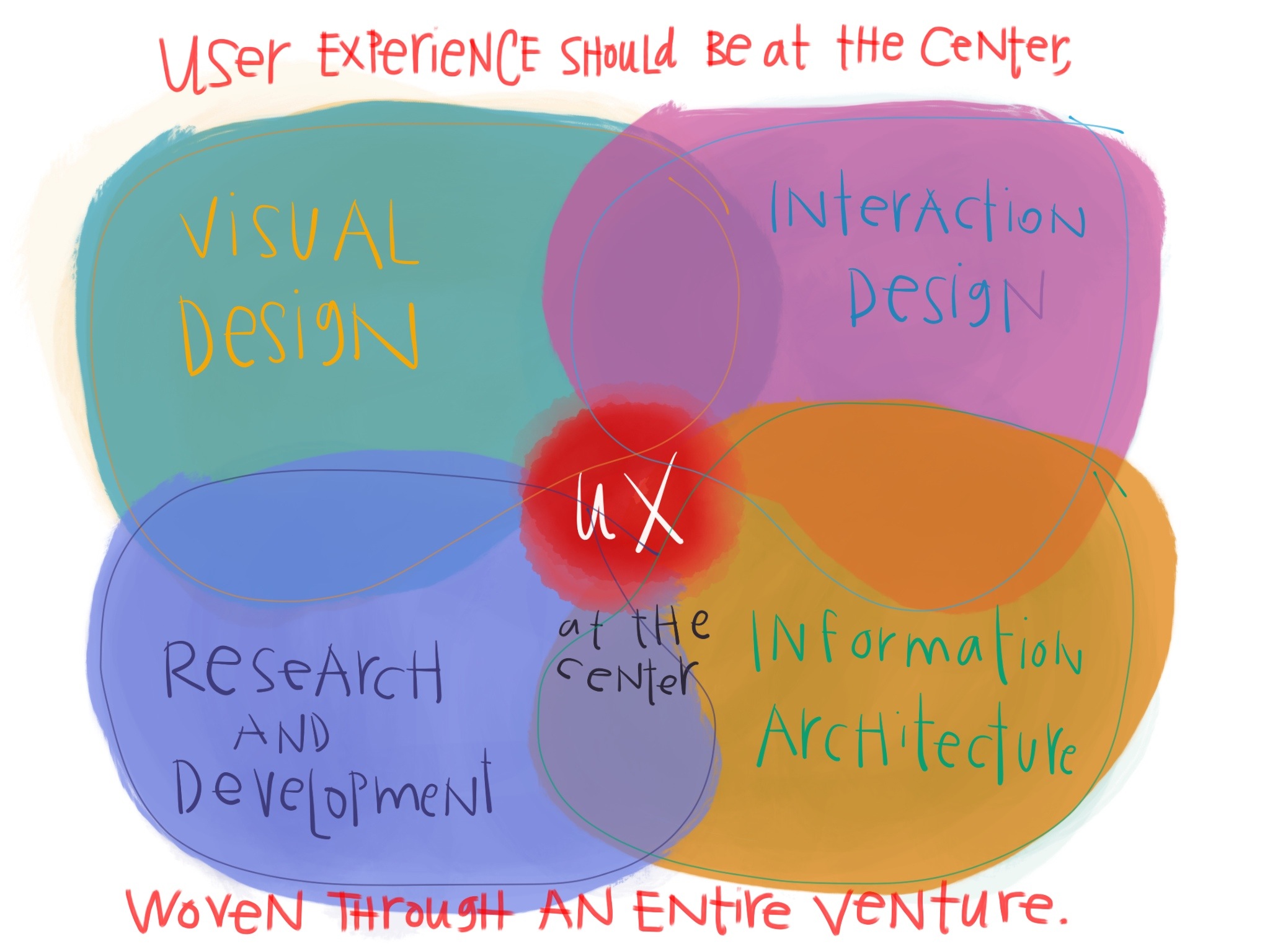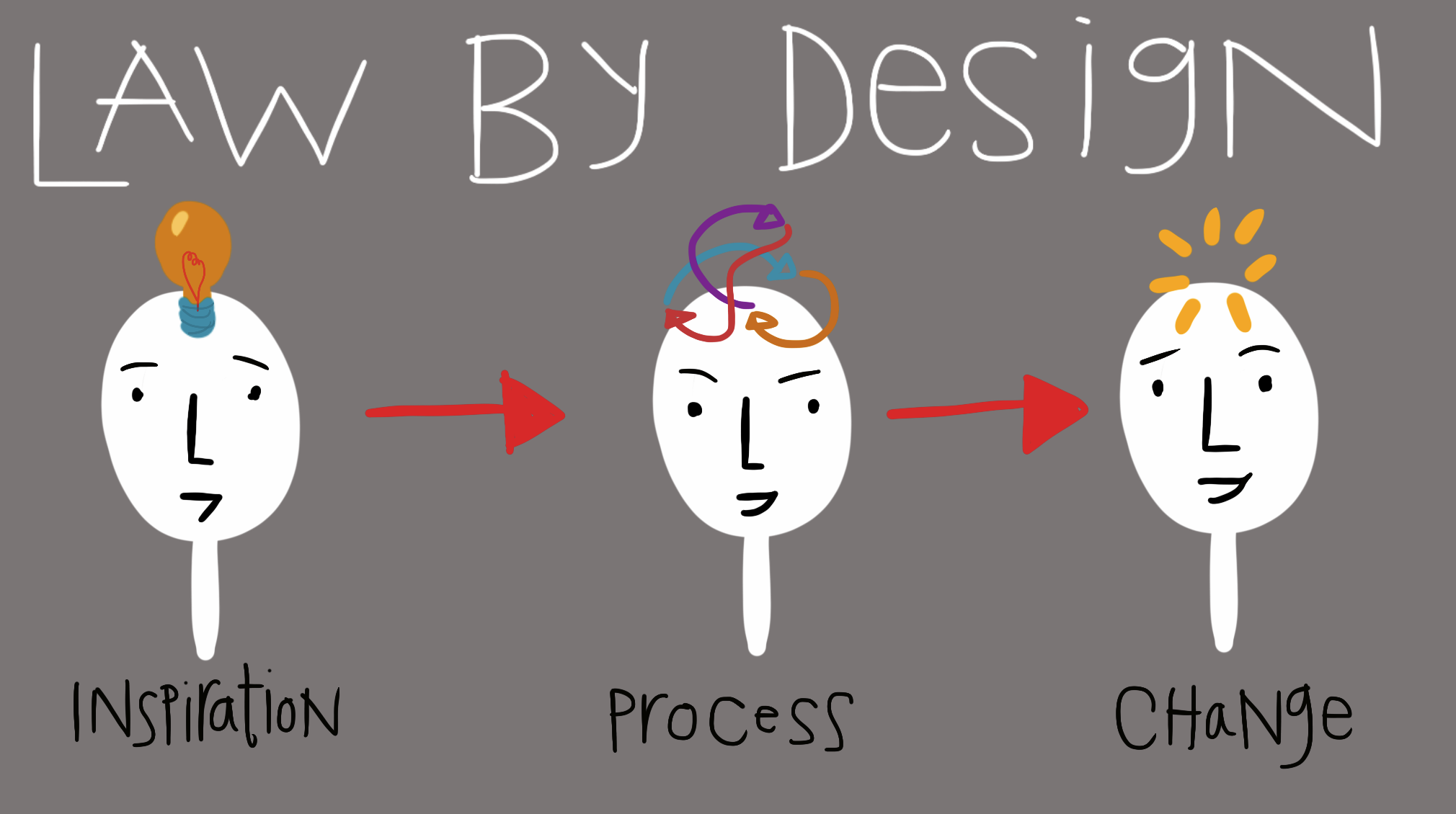User experience design is a necessity for all things law. Legal professionals, legal educators, legal technologists, they all need to define who their core ‘User’ is. It doesn’t have to be a data-driven selection, but of course that helps.
The User should be as close to a real, complex, live person as possible, and not a market description. A User should not be ’18-25 year old young urban professional’. It should be ‘Sarah’, with a fully defined persona, with all her quirks, characteristics, and preferences. The design team should cover a board with pictures, notes, diagrams, and quotes that point to her Persona. She could be a fictionalized amalgam of people the team has met. It can be better for it to be a single, real person. The User should not be the designer, the designer should resist the urge to design for herself as much as she can.
Good design will come out of a thick, if not ethnographic, understanding of who will use your product or service. Beginning from a very concrete user persona will guarantee that the product will escape the traps of blandness, of copying current trends, and of being so mediocre as to inspire or excite no users at all.
The persona should guide design decisions — should a feature be included: would it delight or excite Sarah?
As its in development, the designers should test the design with the User at early and frequent stages. Constant tests with the core User will ensure the designers don’t waste investment on the wrong path, or assume too much about their User’s reactions.
User experience design is just one strand of Design writ large, but it can be woven throughout these other types — graphic and visual design (deciding what the visual look, composition, and illustrations should be), product design (deciding what features, functions, and form it should have), service design (deciding how agents should provide support and guidance to the User), and information design (deciding how info should be communicated, framed, and staged).



